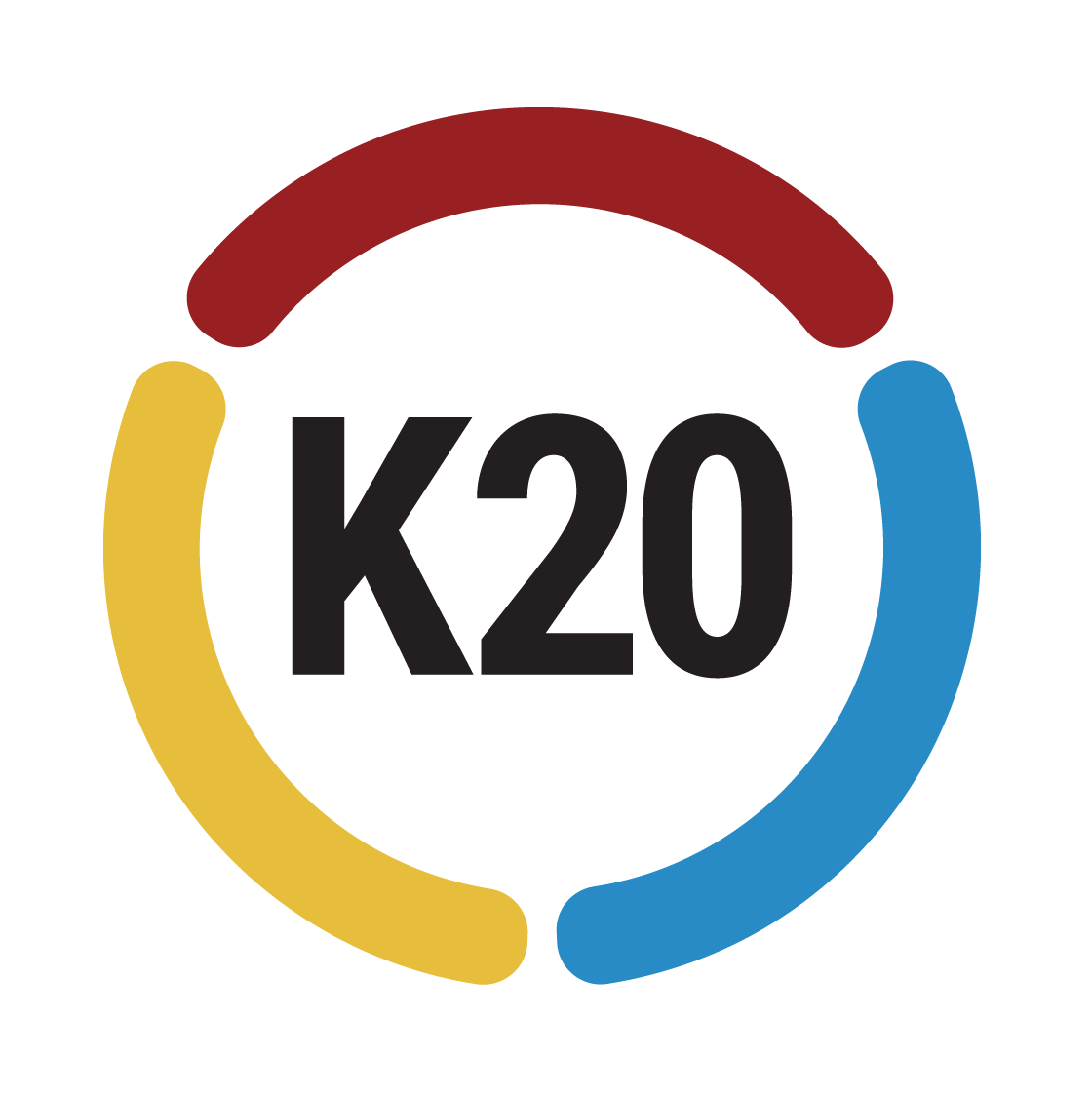IDEALS – Student-Centered Learning Climate
What Is A Student-Centered Learning Climate?
A student-centered learning climate is a climate of physical, social, and emotional security. Once clearly communicated academic and behavioral norms are put in place to support such a climate, student and educator beliefs, values, and day-to-day behaviors come together to support a positive, safe, orderly, and inclusive learning environment. Student academic engagement and growth are encouraged through positive student-teacher relationships, high teacher expectations for all students, student acceptance of the value of academic work, and a welcoming environment of mutual trust and respect.

Aspects of Student-Centered Learning Climate
Order within schools is necessary for students to feel safe; feelings of safety are prerequisites for learning and classroom engagement. Studies have shown that when students perceive their school environment is orderly and safe, they perform more effectively in their studies, feel happier, become more involved in activities, and are less likely to disrupt class or take on risky behaviors (Ko et al., 2022).

What educators believe about students and how they learn has been shown to influence student learning and engagement (Schmid, 2018; Wallace, 2014; Wang et al., 2018). In particular, research shows that teachers who hold high expectations for all of their students cultivate positive academic outcomes (Brault et al., 2014; Rubie-Davies et al., 2020). Warm, caring relationships between teachers and students support teacher efforts in setting higher expectations and have also been shown to increase school performance and engagement (Brackett et al., 2011; Osher et al., 2018)

Students play an active role in supporting a learning environment (Furrer et al., 2014; Sedlacek & Sedova, 2020). Through behavior, academic engagement, and peer support, they contribute to the school’s overall success (Berkowitz, 2003; Kincaid, 2004; Rimal, 2008; Rivis & Sheeran, 2003). Students do not engage in this work alone. Teachers model behaviors and have clear and consistent expectations to ensure students understand their roles and responsibilities (Brackett et al., 2011; Voight & Nation, 2016).

How Does SCLC Relate to My Work?
The Importance of SCLC in Schools
Ultimately, students thrive when they are part of a safe, orderly, and inclusive learning community. When this is the case, the benefits contribute to a positive outlook toward school environments and learning, including an increased likeliness to enroll in a four-year college (Stiller, 2018).
Learn More About Our Research
Resources & Job Aids for Schools
Looking for FREE Lesson Plans?
Check out our Lesson and Engaging Activity Repository & Network (K20 LEARN) for authentic lesson plans, instructional strategies, technology tools and more.




